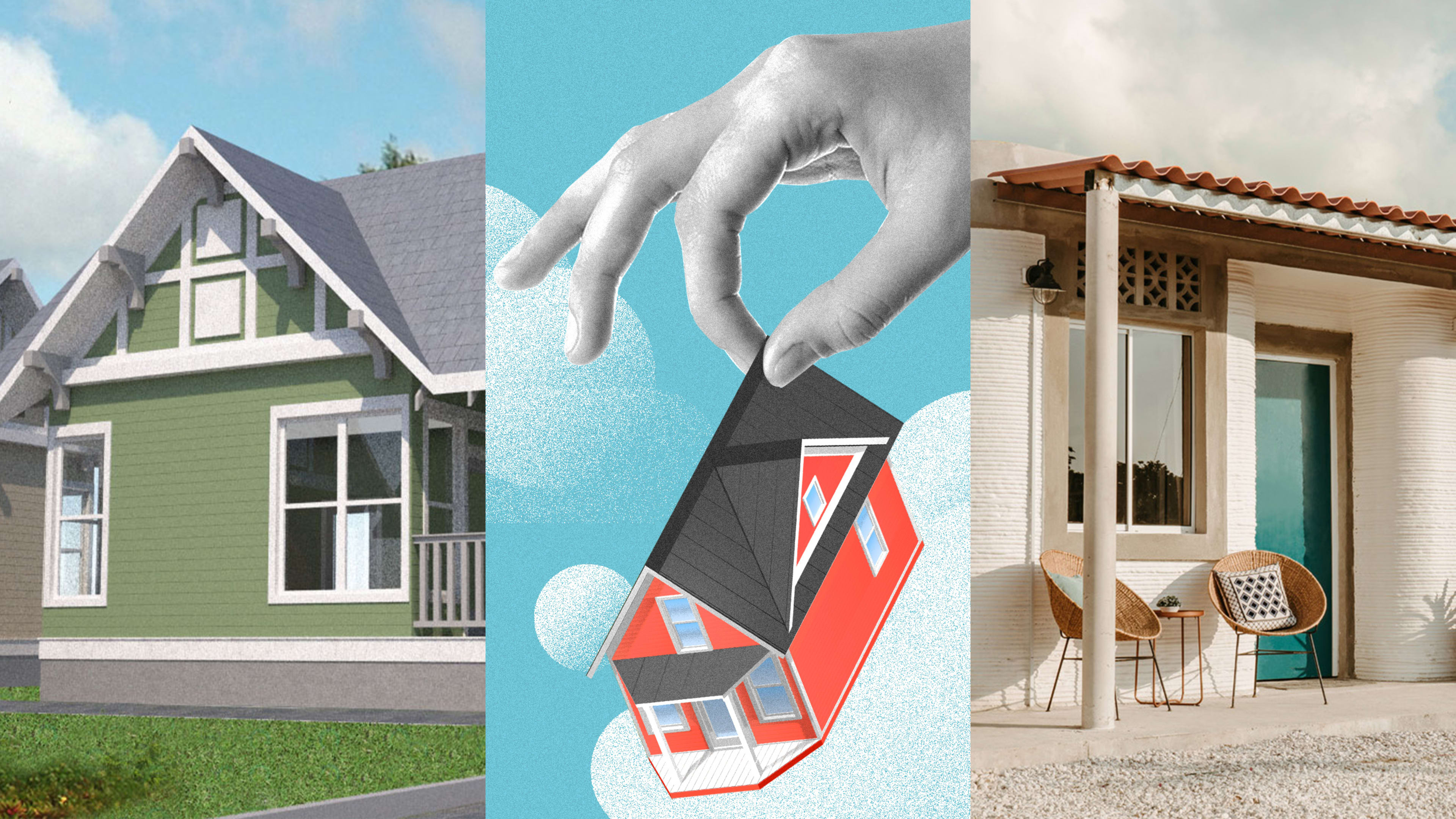There’s a limited amount of land in cities, and a seemingly unlimited supply of people wanting to move into them. To fit all those urbanites in, one solution would be to build really tall apartment buildings. But in many cities, a variety of factors—from construction costs to neighborhood opposition—has made this an impossible option. So instead of really large buildings, an inverse solution has emerged: houses small enough to fit on the small parcels of land still available.
In California, a new law makes it easier to permit housing in backyards, sparking a boom in startups looking to help homeowners monetize their lawns. In Mexico, an organization is 3D printing tiny houses to give to poor residents in place of shacks. Whether the prospect of living in a tiny house intrigues you or makes your skin crawl, 2019 saw the concept gain incredible traction as a policy tool in urban planning (and some rural planning as well). But are they really a viable solution? We even talked to one longtime tiny house resident and found out that while diminutive dwellings can be a crucial part of the housing conversation, the negative effects of tiny house living certainly aren’t tiny themselves.
Here’s a recap of all the tiny houses we saw proposed as solutions:
This startup wants to put a free tiny house in your backyard
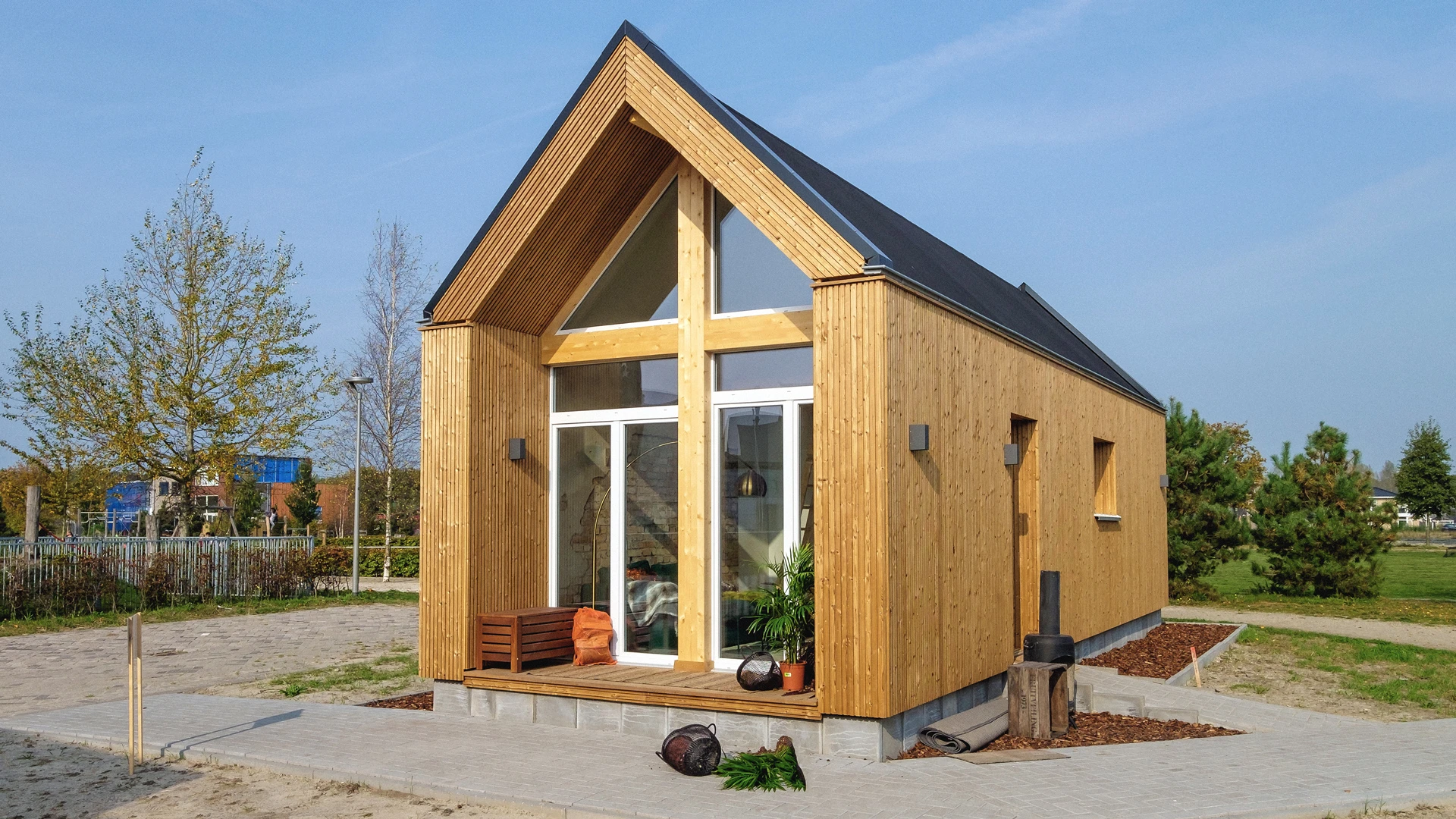
Rent the Backyard handles the permitting and construction and will get a tiny house built in your backyard in a matter of weeks. The company and the owners share the rent.
This company will turn your garage into an apartment for free—and help you rent it out
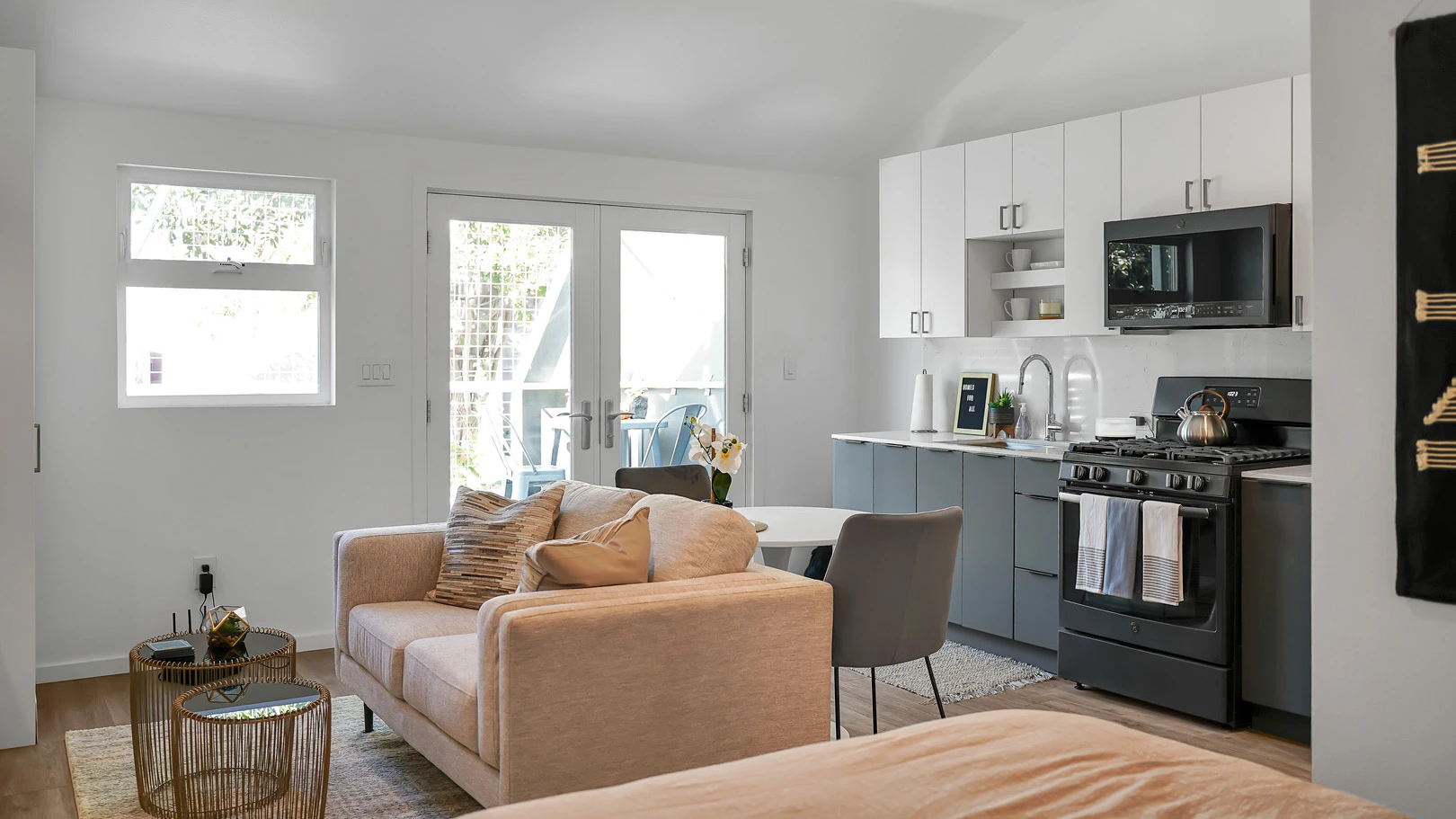
Similarly, United Dwelling aims to build tiny houses not just in backyards but in people’s garages (91% of garages are used to store junk). The company handles the conversions and splits the rent.
This “pocket neighborhood” has 8 houses on a lot, instead of one McMansion
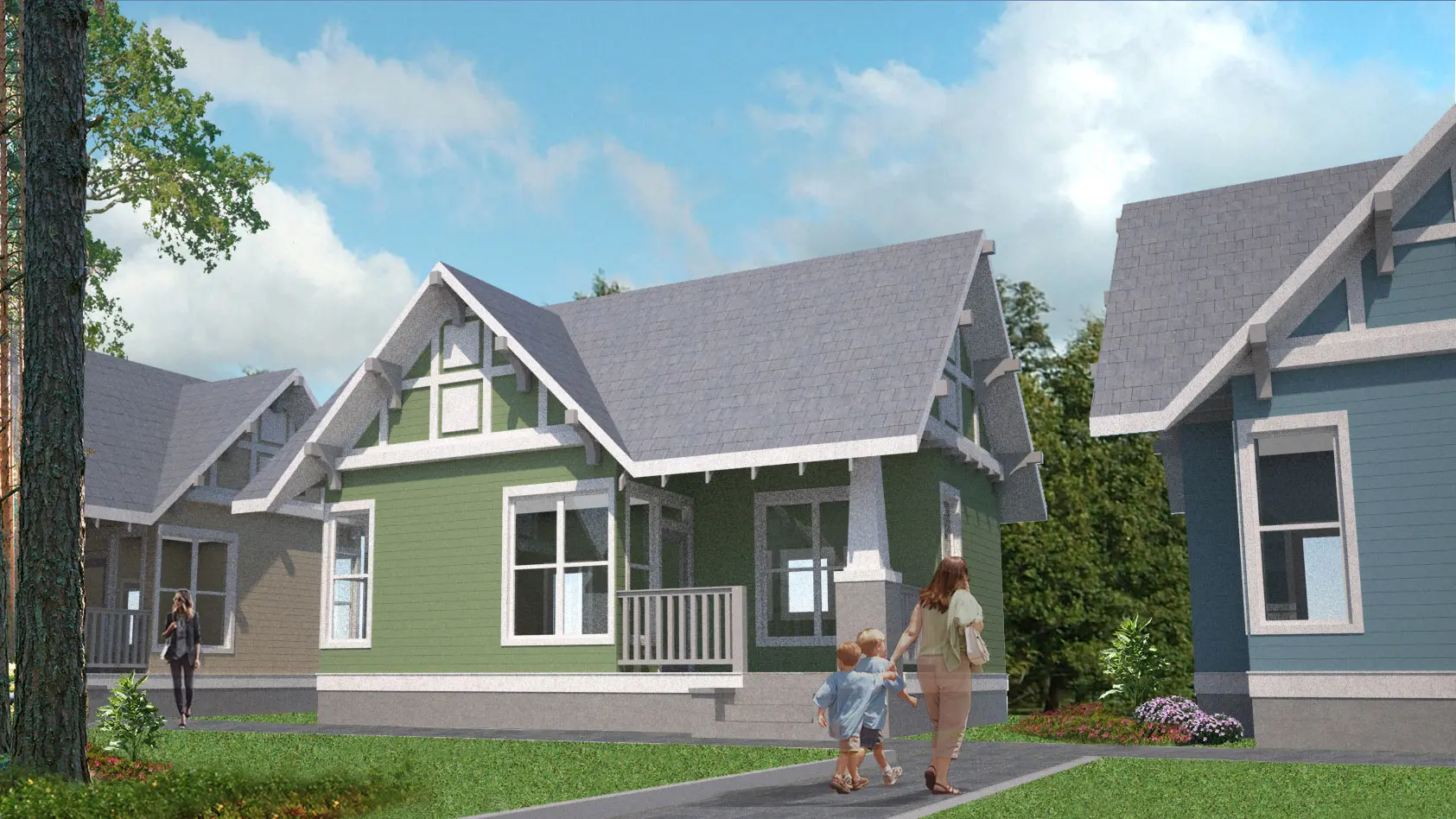
Outside of Atlanta, one community is using tiny houses on more than just backyard lots. Instead of putting up one giant house on an open plot of land, there’s now a handful, creating their own small community and putting roofs over many more heads.
The world’s first 3D-printed neighborhood now has its first houses
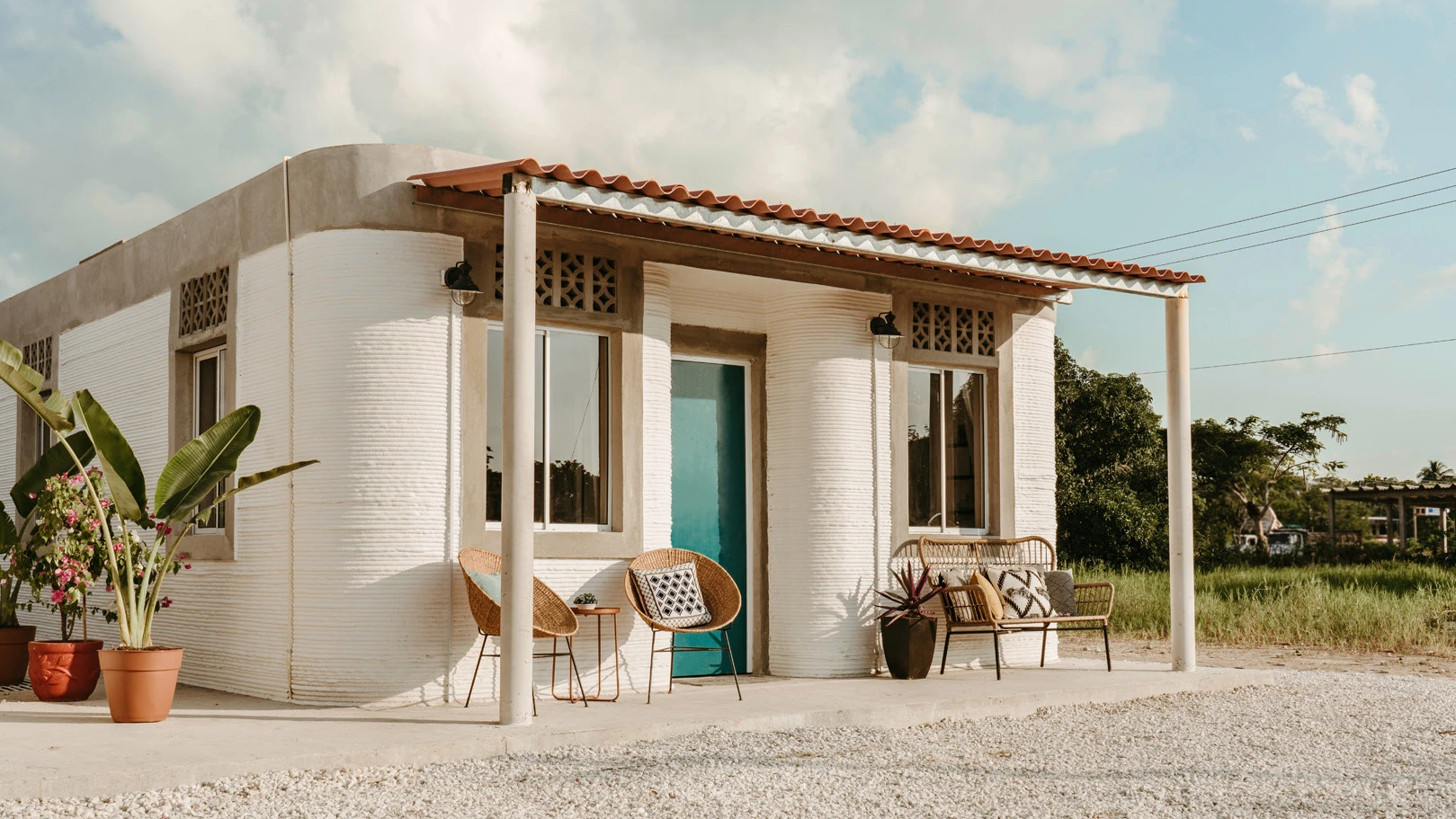
In Mexico, an organization called New Story is making it even easier to build tiny houses—by 3D printing them. Developed with construction company Icon, the giant 3D printer takes about 24 hours to build the walls of a 500-square-foot house. The structure is then fitted with windows, doors, a roof, and furniture. The organization hopes tiny houses can be a solution in rural parts of the developing world as well, where a 3D printer makes construction simpler than trucking in lots of raw building materials.
These gorgeous tiny houses can operate entirely off the grid
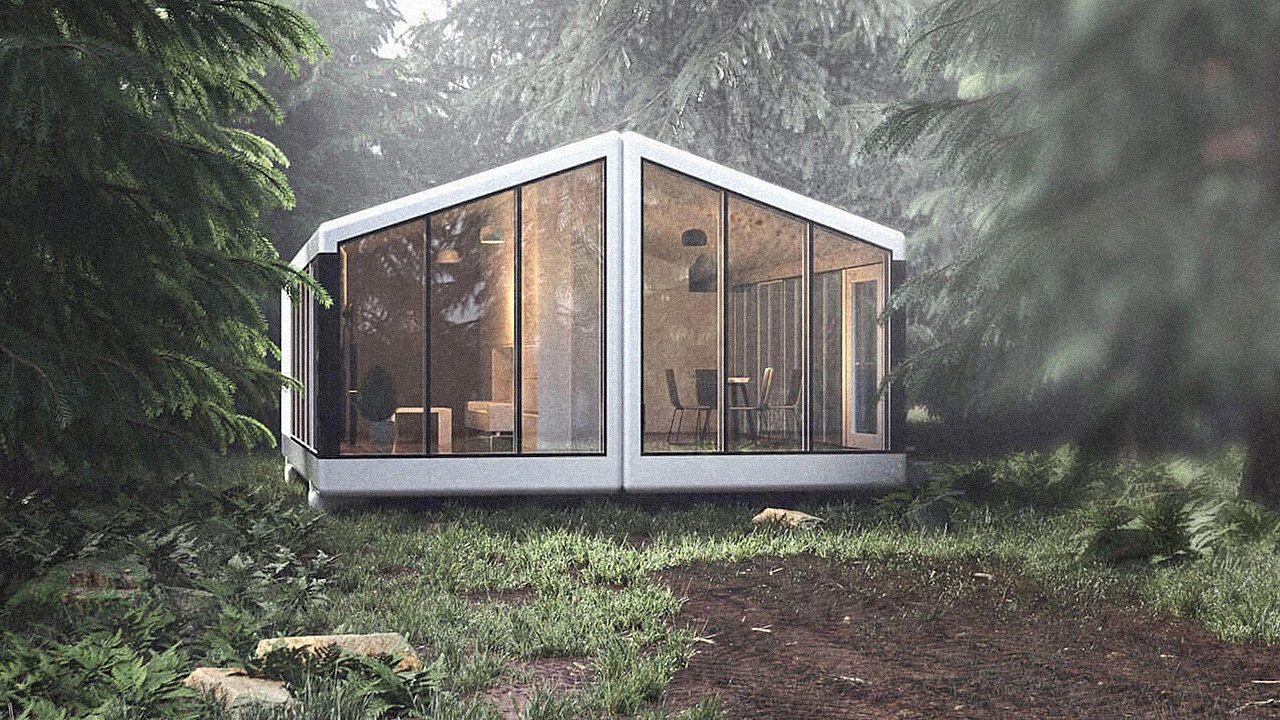
The PassivDom house is also 3D printed, but with the aim of being as sustainable and low energy as possible. These homes run entirely on solar power, and can even generate their own water from moisture in the air.
Why I hate living in my tiny house
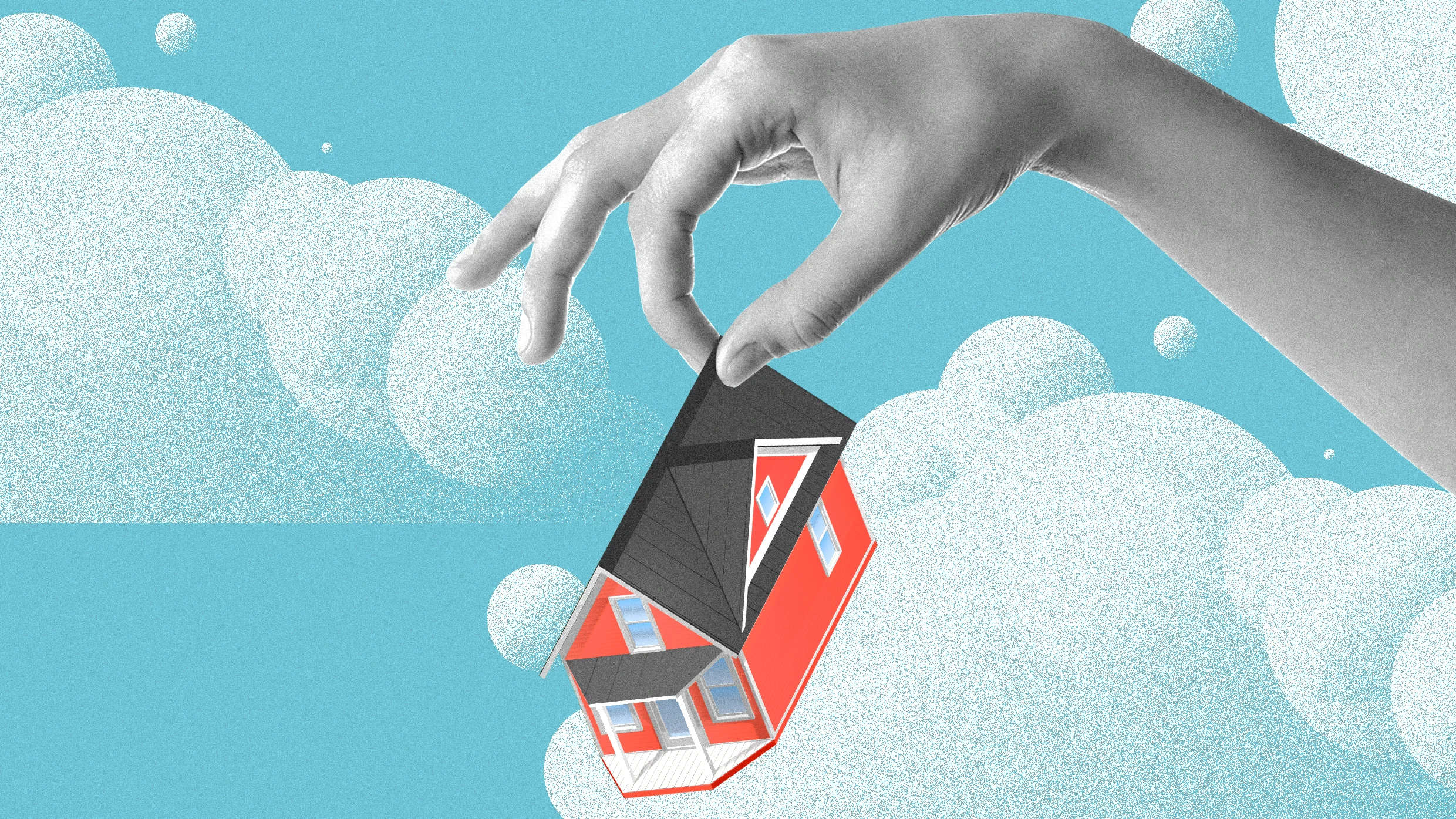
But what is it actually like to live in one of these little houses? After years of living in a 240-square-foot backyard home in Oakland, California, this writer says that while she sees them as part of a housing solution, they’re not for everyone, and not for people in every stage of life. And they certainly make day-to-day living a different kind of challenge:
“It’s small enough that doing anything—getting the vacuum from a tiny closet or something out of a drawer in the kitchen—often involves a Tetris-like game of moving multiple other things out of the way. Right now, because I have one chair too many, lowering my Murphy bed from the wall means moving the chair, which then blocks something else.”
Recognize your brand’s excellence by applying to this year’s Brands That Matter Awards before the early-rate deadline, May 3.
